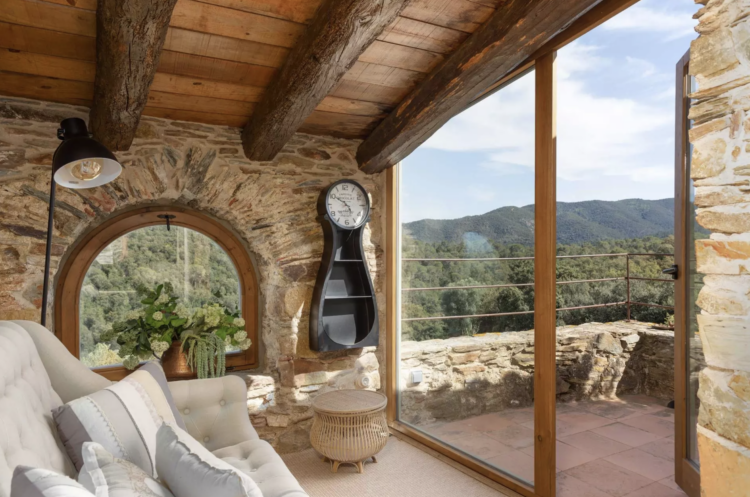
In a climate suited to the cultivation of grapes for fine wine and nestled deep in the 350 square kilometres of the wooded Gavarres massif, in Spain, you’ll find Can Font de Muntanya.
Originally a farm, the property has been tastefully restored over the last ten years to make the most of its timber and stone – whilst the addition of huge glazing units show-off the dramatic hill-top views.
Can Font de Muntanya is a family-run resort of seven suites, a swimming pool, and a commitment to eco-tourism with no compromise. It offers quiet breaks; outdoor activities – such as hiking, cycling and horse riding; or off-road adventure on personal 4×4’s.
When the sun goes down leaving tranquility among these Spanish hills, it’s time to sample local wine and take a seat in the open-air restaurant which offers superlative cuisine, made from organic home-grown ingredients.Although the resort is so remote there is no compromise in convenience. Can Font de Muntanya is self sufficient in water – drawn from ancient wells; firewood – fallen from many hectares of woodland – provides heating, and all accommodation suites boast the electric devices you would expect.
Off-Grid reliability
The off-grid site is self-sufficient in electricity having recently installed a state-of-the-art power plant.
Remote Management
On sunny days the system is easily able to provide the (up to) 150kWh of energy the site consumes daily, but during periods of dull or cloudy weather when the battery falls below a pre-determined % state of charge, a 90kVA generator will be started automatically. The generator meets fluctuating power demand whilst all excess power generated is used to charge the batteries up to the predetermined % State of Charge – at which point the generator is automatically shut down.
From the following graph available on VRM we can see that about half the resort’s daily power requirement is met from the ZYC battery bank.
Comparing the recent and more historic pie-graphs of this recently installed system, dependence on the generator appears to have been reduced by up to 90%.
Speaking on their website, Laura says:
Can Font de Muntanya is a very special project for us, and we have been working on this reality for ten years since the whole family (Judith, Gina, Pol, Laura and Marc) moved to live here. From the very first moment we were guided here, we committed ourselves to breathing life back into this space, where centuries ago it was a working farm.
Here, man and nature have coexisted harmoniously for thousands of years. It’s an environment rich in forest species which has supported charcoal-burners and the world famous cork-production. Today the Gavarres is an unspoilt area of great scenic beauty that has been recognised as an Area of Natural Interest in order to preserve it and so that we can continue to enjoy it enthusiastically but always respectfully.
We hope to see you soon in our home, in Can Font de Muntanya.







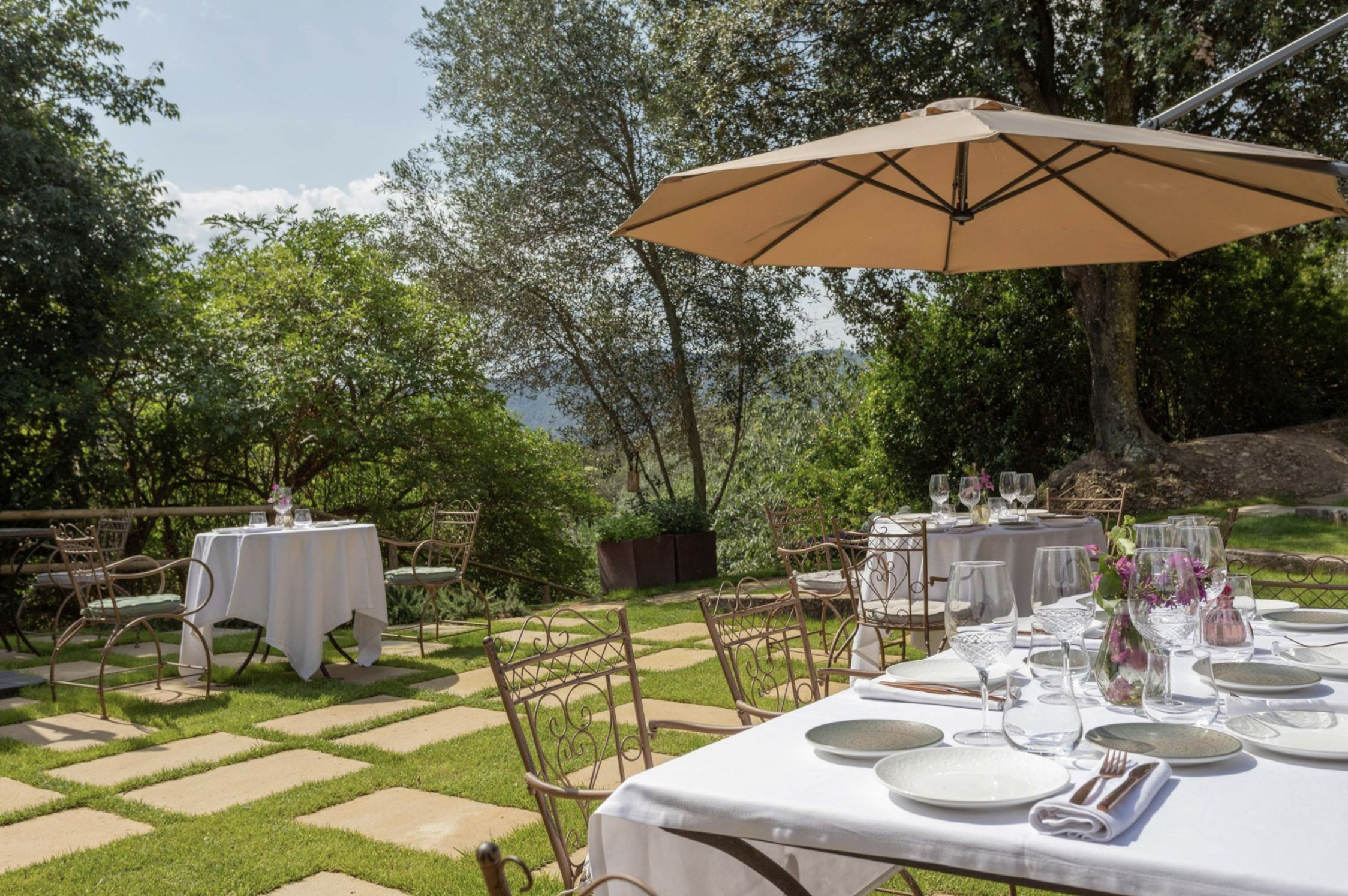


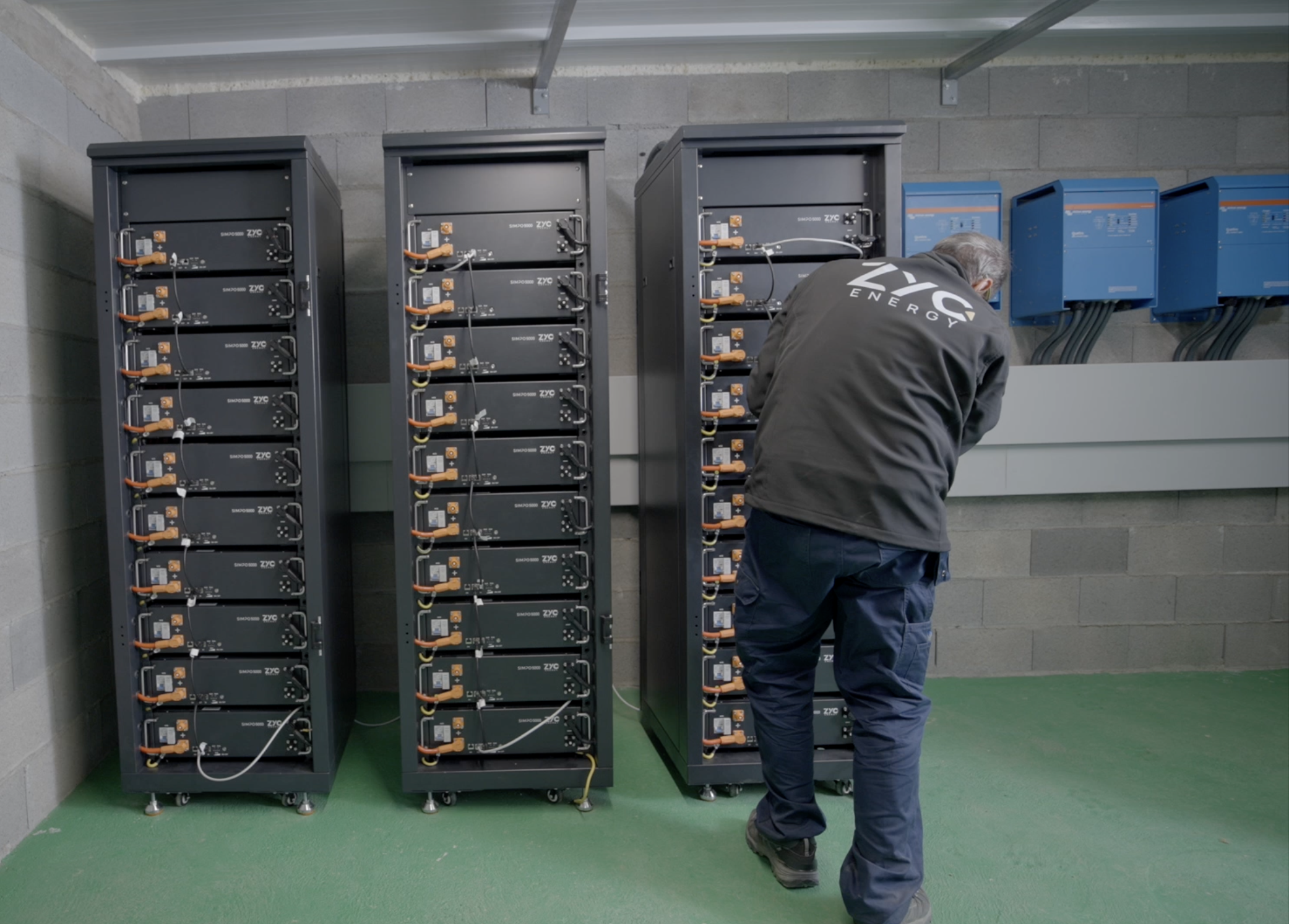



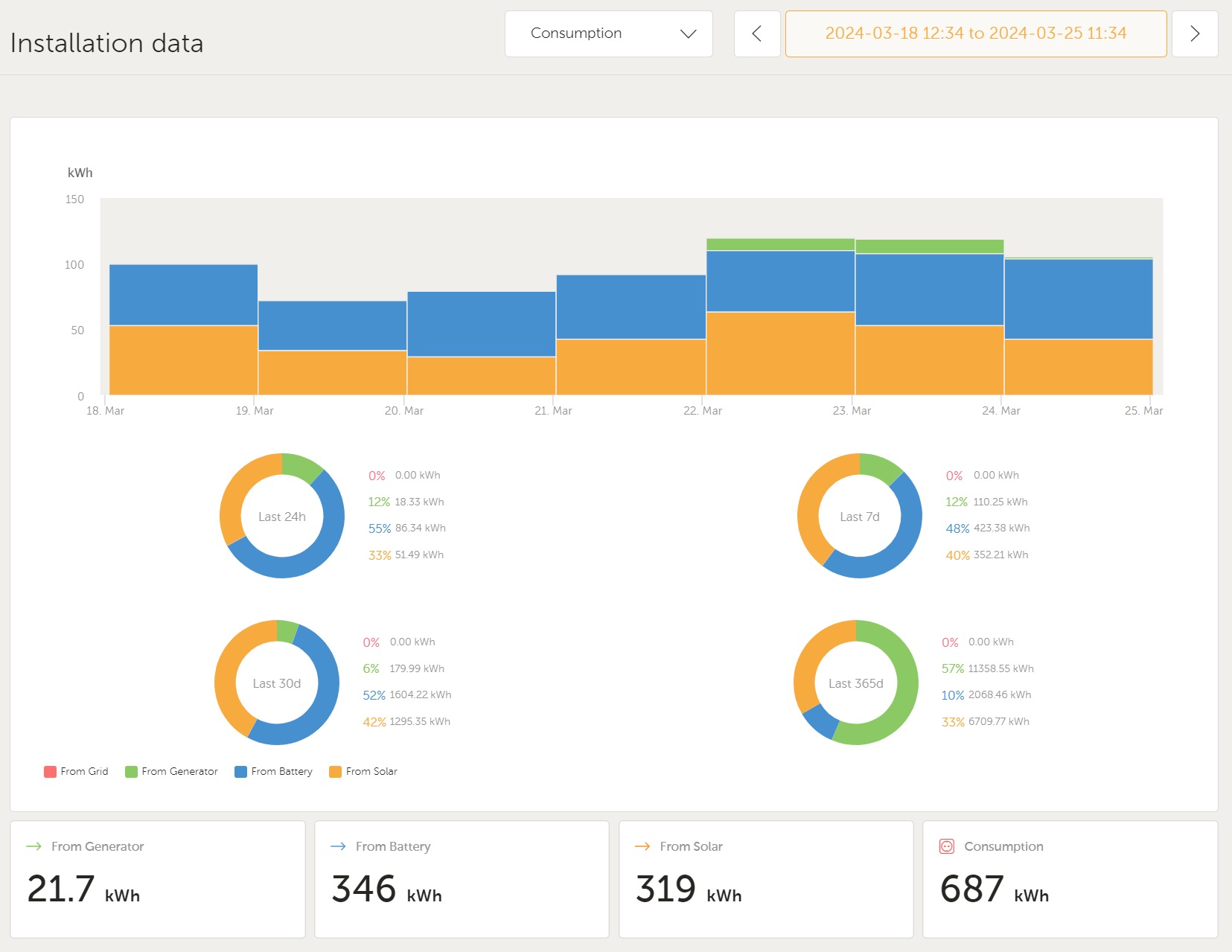


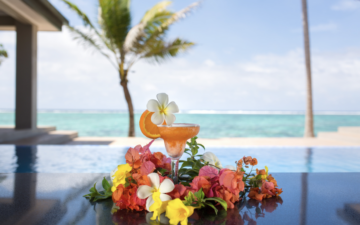

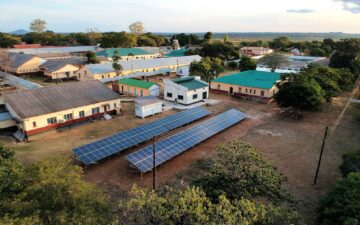









 #victronenergy #adventure
#victronenergy #adventure
 ELECTRICS
ELECTRICS 
